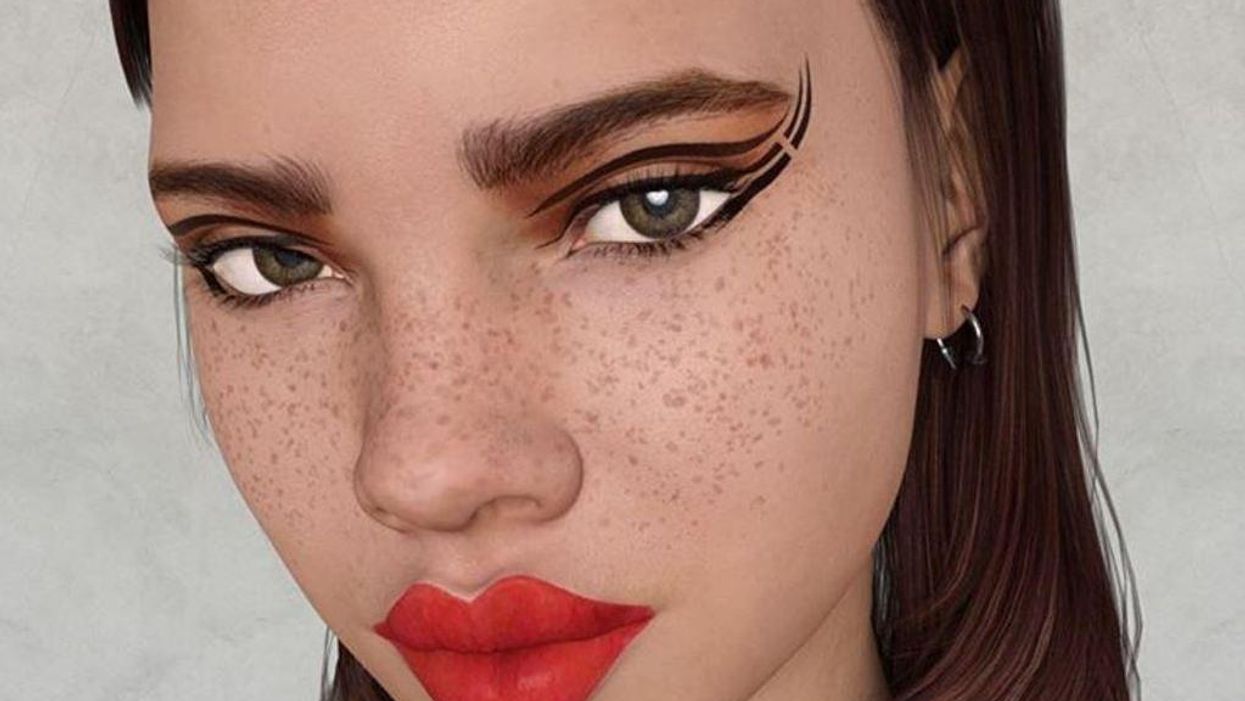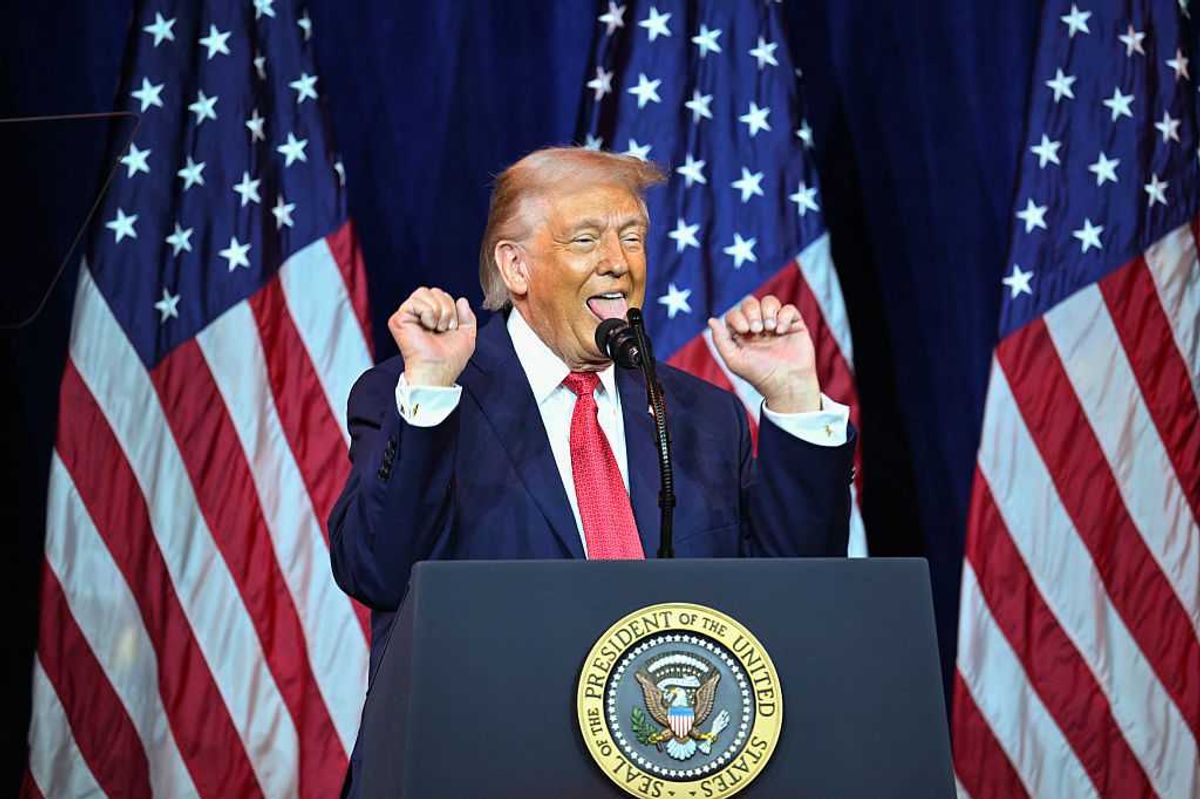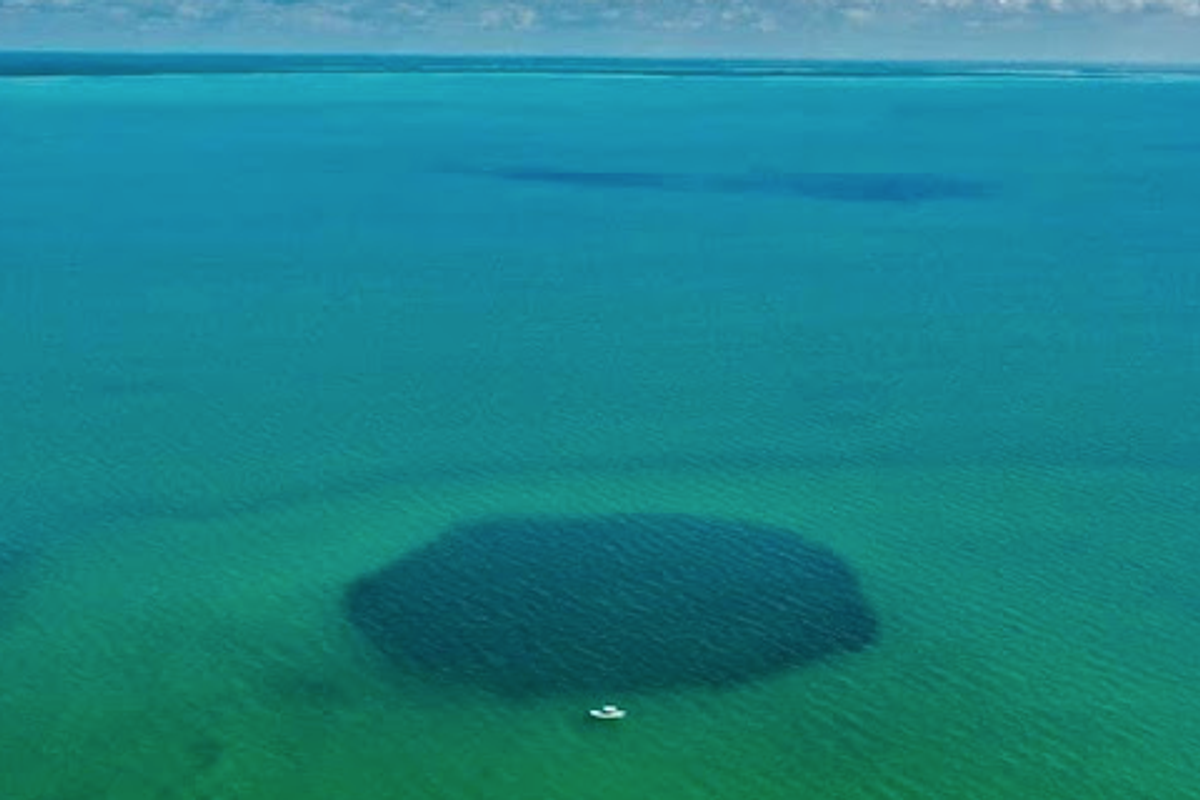Caitlin Dewey
Sep 23, 2016

No one knows who or what @lilmiquela is, but everyone has a theory. Since she posted her first Instagram in April, the Internet’s latest “it girl” (or hoax, or art project, or marketing stunt) has become something of a cult mystery.
The problem with Miquela, you see, is that she acts like a real person but doesn’t look like one. Her skin’s a bit too glossy, her shadows slightly too flat - she has the telltale uncanniness of a computer animation.
At the same time, Miquela regularly references physical places she claims to have partied at and shouts out labels of clothing she claims to have worn. She regularly posts pictures - even selfies - with models, artists and musicians. Miquela has Twitter, Facebook and Tumblr accounts; she has an email address, for goodness’ sake. (Albeit not one that’s been used to register these profiles, and not one that shows up in any records database.)
When I email it, I get an immediate, chirpy reply from someone who signs off “Miquela Sousa” and then a second, less chirpy reply from a major-label music publicist.
“Truly appreciate you reaching out,” she writes - but Miquela is not available for interview requests.
In Western culture, we harbor a persistent anxiety about realness - particularly on social media, which often seems less about documenting one’s life as it is crafting your own self-myth. It’s astounding how many new apps and social networks launch in opposition to that premise, that they are finally the place where you can truly “be yourself,” where no one performs or idealises, where everything is “authentic.”
We’re deeply uncomfortable with the notion that those glimpses of life we catch on Instagram or Facebook may not actually be as they appear; doubly so, in the case of Miquela, since she exists at this weird nexus of the actual and the ideal.
Miquela lives in LA, according to her Instagrams: She can often be found in Venice Beach, or on the boardwalk, or at any one of a number of clubs, art galleries and coffee shops. Typically, her photos depict a scene, or a meme, or her alone — but there are a few enticing exceptions.
On June 14, for instance, Miquela posted what appeared to be an image of a FaceTime chat between her and the singer-songwriter Tom Krell, better known by the stage name How to Dress Well - as if they were actually friends. A week later, she posted a picture of the musician Tim Anderson - perhaps best known for founding Ima Robot in the late ’90s and producing the singer Banks in the more recent past - sitting in the studio of his record label, Werewolf Heart Records.
There’s a photo of her with the multi-hyphenate actress-DJ-stylist-blogger Niki Takesh, taken at a June pop-up at LA’s Known Gallery. A caption in which she refers to the artist Chloe Wise as “my bb.” A nude portrait she claims was taken by the New York photographer Natalia Mantini.
The Washington Post reached out to all these people, and several more besides. Krell’s publicist - “No idea what this is, but it sure is funny!” - is the only one who replied.
Nicole Ruggiero had the bad luck of commenting first on one of Miquela’s early Instagrams; since then, a swarm of obsessive Miquelites have believed she’s the account’s puppet master. Like Miquela, Ruggiero has full lips, a broad nose and blunt-cut brunette bangs - and she’s a digital artist who works extensively with 3D models.
She’s done eerie, alien portraits of 3D figures on their iPhones; she has an animation of a blinking, on-screen woman reaching up and through the glass. In the summer, she curated a gallery show on the “anonymity of the meme generation” - an attempt to “experience URL, IRL.” IRL, of course, stands for “in real life,” and implies that digital life is its opposite.
But Ruggiero didn’t make Miquela, she insists, and she doesn’t know who did.
“She seems very realistic, like she’s actually a social influencer,” Ruggiero said. “Whoever came up with this is brilliant.”
In robotics, there’s this concept called the “uncanny valley.” It’s perhaps best described as the place Miquela lives. Generally speaking, humans prefer robots (and dolls and animations and what have you) as they begin to look more like them — but there’s this point, right before you hit “actual human,” where that affinity line dips down again.
When objects made in our image look like us but are not us, we feel a profound, instinctive sense of revulsion. Have you seen the music video for Banks’s “F— With Myself”? There’s a reason so many YouTube commenters reject the singer’s weird, look-alike mannequin.
That may ultimately be the intrigue, and the power, of Miquela: She comes close to human but not quite close enough. She has “friends,” but none that will verify her existence; she has a face, but one that - per an expert - is blended from a photograph and a 3D model.
I do have a theory for who Miquela is. After all that, how could I not? I even ran it by Ruggiero, who found it, er, “unlikely” and “odd.” I’m not going to write it down here, however - in some ways, this mystery shouldn’t be solved. In a world that insists on rinstas and finstas, on Sims and humans, on IRL and URL - it feels kind of nice to not know at all.
© Washington Post
Top 100
The Conversation (0)













